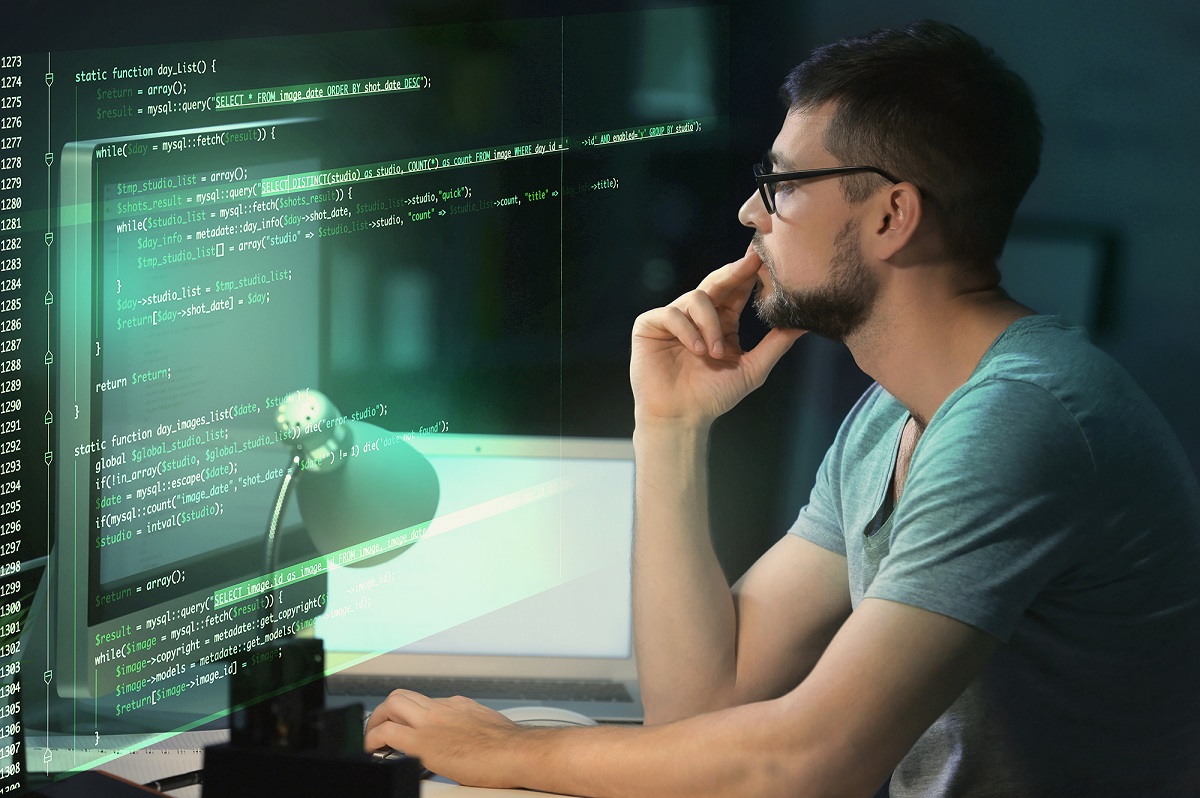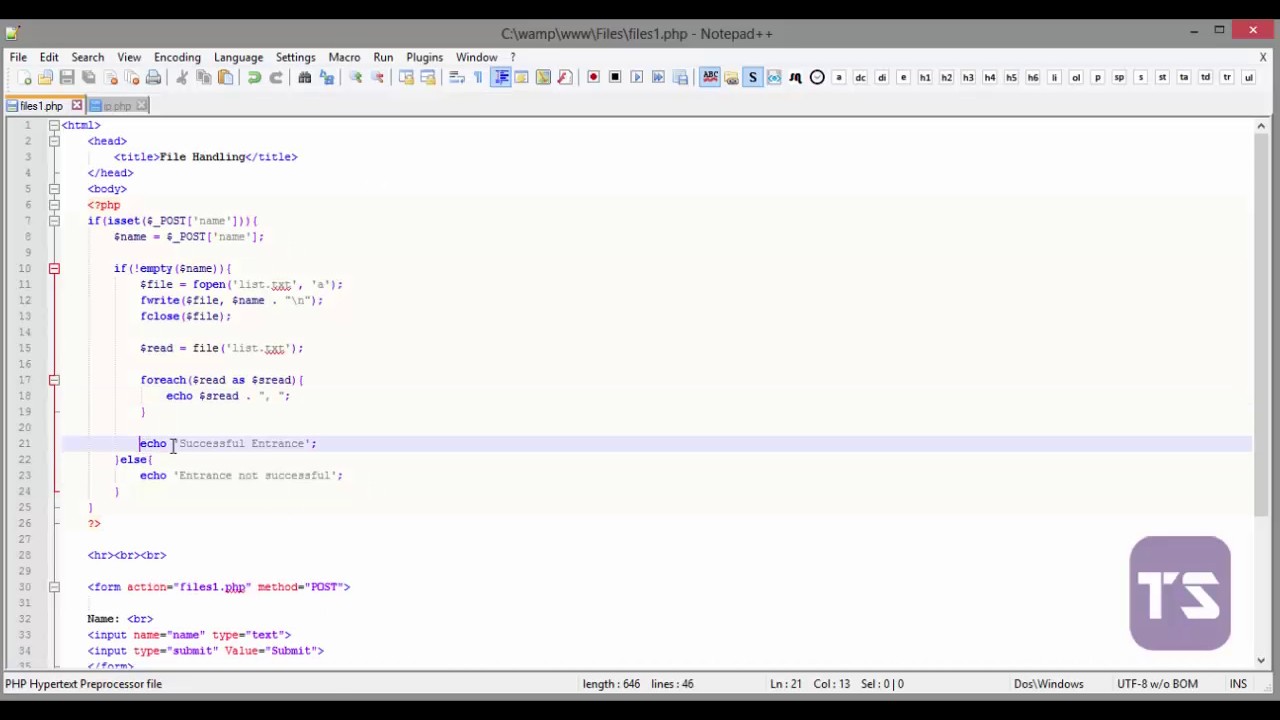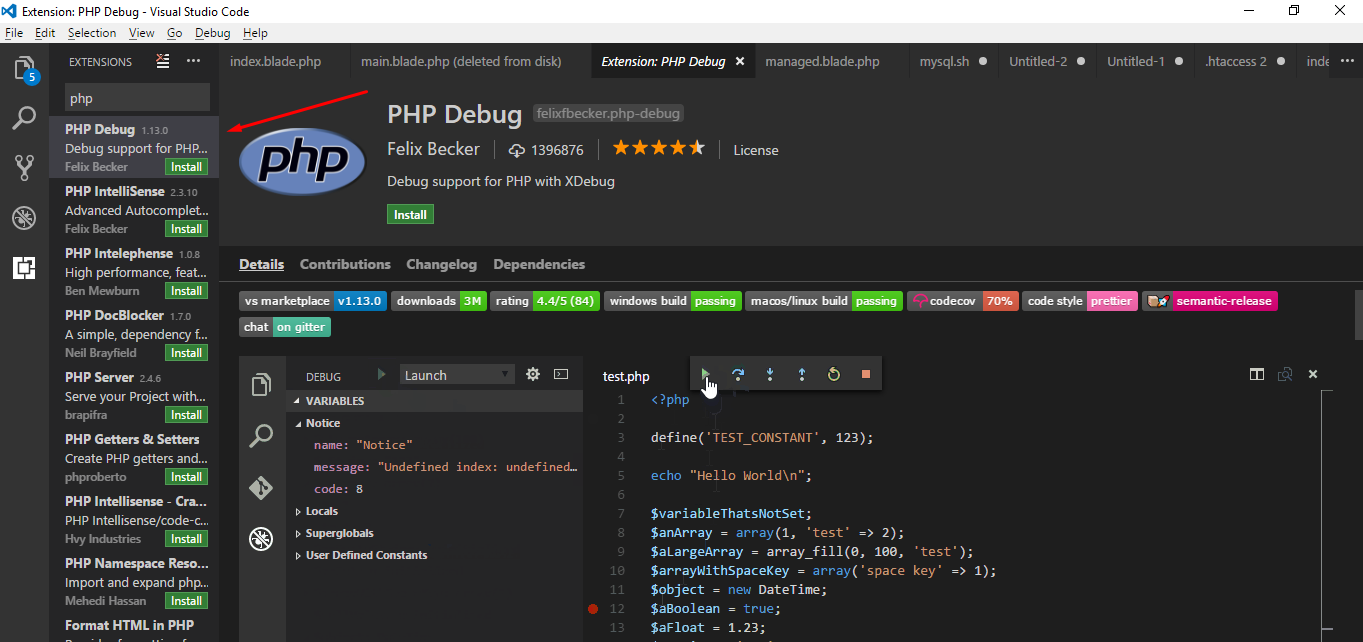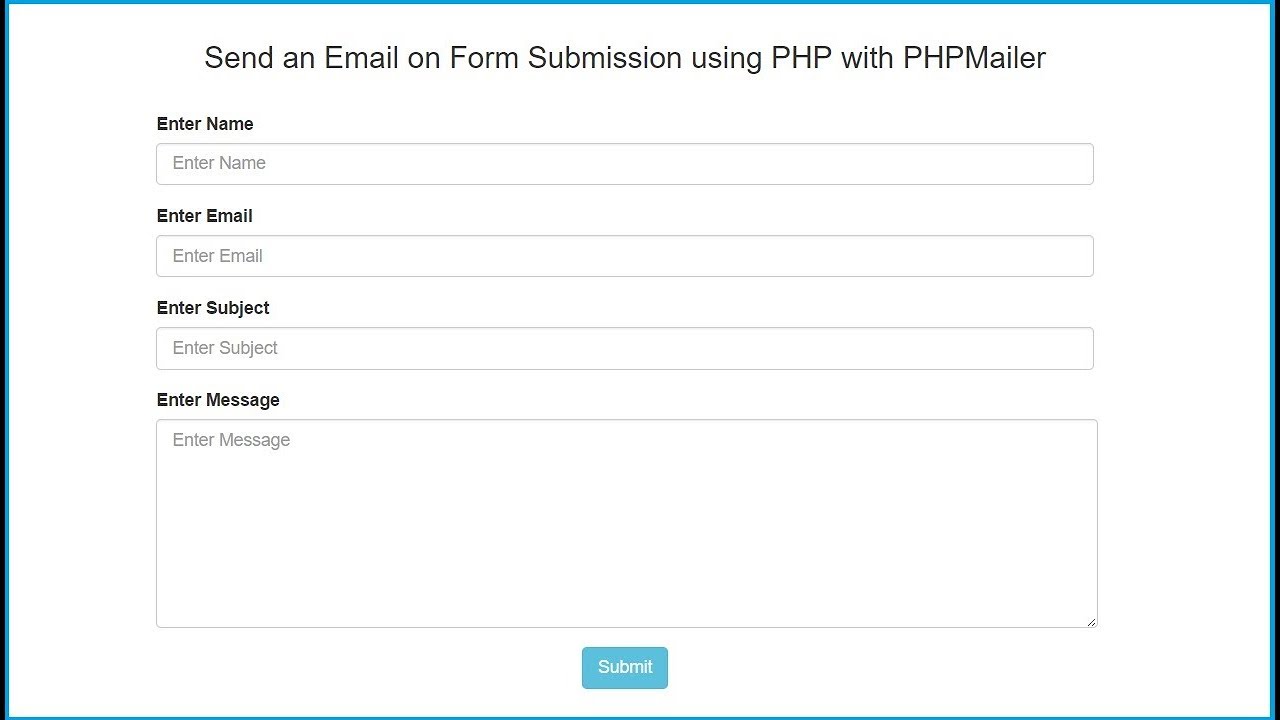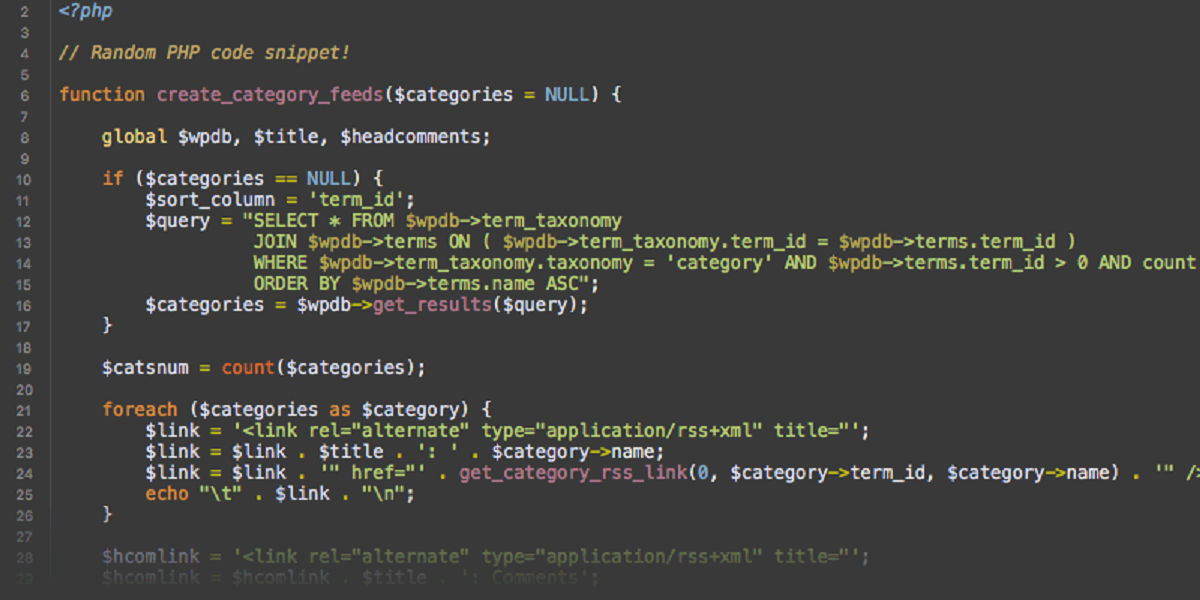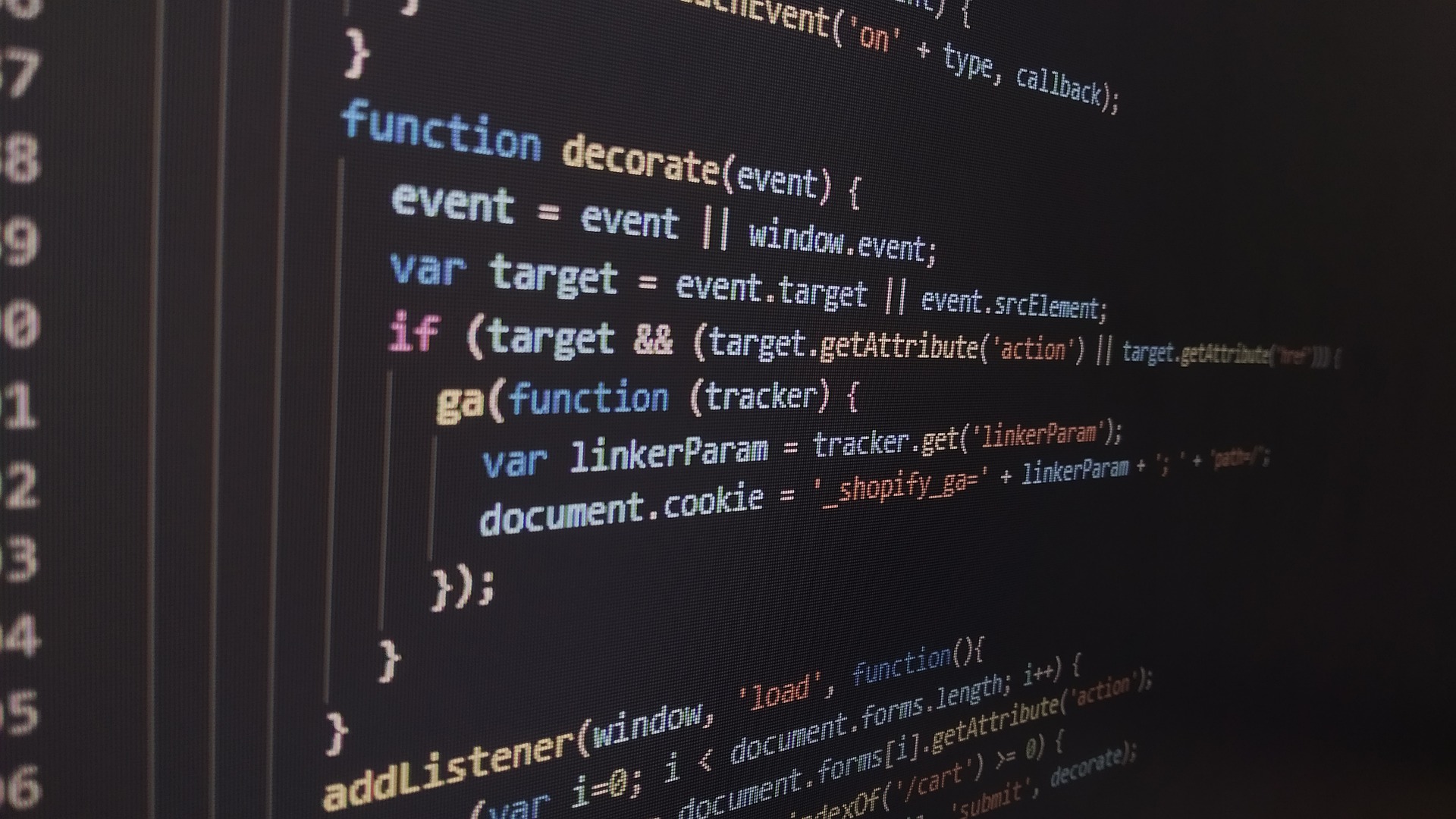Introduction
Welcome to the world of PHP exception handling! In this article, we will explore the concept of exceptions in PHP and learn how to effectively catch them. Whether you are a seasoned PHP developer or just starting out, understanding exception handling is crucial for writing robust and error-free code.
When writing PHP code, errors and unexpected situations can arise. These can range from simple logic errors to more complex issues like database connections failing or file read errors. Traditionally, these errors were handled using error codes and checking for specific conditions. However, this approach can make code cumbersome and difficult to maintain. This is where exceptions come in.
Exceptions are a powerful error handling mechanism in PHP that allow us to gracefully handle error situations and provide meaningful feedback to users. Instead of checking for error conditions at every step, exceptions allow us to handle errors in a consolidated and systematic way. This results in cleaner code and better error management.
Exception handling in PHP revolves around the “try-catch” block. The “try” block contains the code where an exception might occur. If an exception is thrown within the “try” block, the code execution is immediately transferred to the corresponding “catch” block.
But what happens if we want to catch multiple types of exceptions, or if we want to catch all exceptions without specifying each one individually? This is where the concept of a “catch-all” exception comes in handy.
In the following sections, we will dive deeper into exception handling in PHP and explore how we can use the catch-all exception to handle various error scenarios. So let’s get started!
What are Exceptions in PHP
In PHP, exceptions are a way to handle errors and exceptional situations in a structured and controlled manner. When an error occurs during the execution of a PHP script, it can be thrown as an exception, which can then be caught and handled by appropriate code.
An exception is an object that represents an error or an unusual event that disrupts the normal flow of a program. It contains information about the error, such as its type, message, and stack trace. By throwing exceptions, we can effectively handle errors and provide a graceful fallback mechanism.
Exceptions in PHP are based on the concept of exception classes. Each type of exception is represented by a specific class that extends the base “Exception” class. These exception classes provide additional information and functionality specific to different types of errors.
The code that can potentially throw an exception is contained within a “try” block. When an exception is encountered within the “try” block, the normal execution of the code is immediately transferred to the corresponding “catch” block. The catch block contains the code that will handle the exception.
Exceptions can be thrown explicitly using the “throw” keyword, or they can be thrown implicitly by PHP itself when certain errors occur. For example, if a division by zero occurs, PHP will automatically throw a “DivideByZeroException”.
The ability to catch and handle exceptions gives us more control over how errors are dealt with in our code. We can handle different types of exceptions differently, providing specific error messages or performing appropriate actions based on the situation.
By effectively utilizing exceptions, we can improve the robustness and maintainability of our PHP code. Proper exception handling allows us to identify and resolve errors more efficiently, reducing debugging time and providing a better user experience.
In the next section, we will explore how to use the “try-catch” block to catch exceptions in PHP. We will also discuss the concept of a catch-all exception, which allows us to handle multiple types of exceptions in a single block of code. So let’s move on!
The Try-Catch Block
The try-catch block is the fundamental structure in PHP for catching and handling exceptions. It allows us to isolate the code that might throw an exception and handle it gracefully.
The syntax of the try-catch block is as follows:
try {
// Code that might throw an exception
} catch (ExceptionClass $e) {
// Code to handle the exception
}Within the try block, we place the code that could potentially throw an exception. This could be a single line of code or a block of code spanning multiple statements. If an exception is thrown within the try block, the code execution immediately jumps to the catch block.
The catch block contains the code that handles the exception. It takes an argument, commonly referred to as $e, which represents the exception object. This object contains information about the thrown exception, including its type, message, and stack trace.
We can specify the type of exception we want to catch by using the ExceptionClass in the catch statement. This allows us to handle different types of exceptions differently.
For example, suppose we have a function that divides two numbers:
function divide_numbers($numerator, $denominator) {
if ($denominator == 0) {
throw new Exception("Cannot divide by zero!");
}
return $numerator / $denominator;
}In the above code, if the $denominator is zero, we explicitly throw an exception. To handle this exception, we can use a try-catch block:
try {
$result = divide_numbers(10, 0);
echo "Result: " . $result;
} catch (Exception $e) {
echo "Exception: " . $e->getMessage();
}In this example, if the $denominator is zero, an exception is thrown and the code execution jumps to the catch block. The catch block then retrieves the exception message using the getMessage() method and displays it.
The try-catch block provides a way to handle exceptions gracefully and continue the execution of the code, even in the presence of errors. It enables us to separate the normal program flow from the exceptional situations, making our code more structured and maintainable.
Next, let’s explore the concept of a catch-all exception, which allows us to handle multiple types of exceptions in a single block of code.
The Catch All Exception
Sometimes, we may want to handle all types of exceptions in a single block of code. This is where the catch-all exception comes into play. By using the catch-all exception, we can handle any exception that is thrown within the try block, regardless of its specific type.
To catch all exceptions, we can use the base “Exception” class as the type in the catch statement:
try {
// Code that might throw exceptions
} catch (Exception $e) {
// Code to handle all exceptions
}With this approach, any exception that is thrown within the try block will be caught by the catch block. By using the $e argument, we can access the exception object and retrieve information about the thrown exception, such as the error message and stack trace.
The catch-all exception is particularly useful in situations where we want to handle all errors in a consistent manner. We can perform common error handling tasks, such as logging the error, displaying a generic error message, or redirecting the user to a specific page.
For example, let’s say we have a function that reads a file:
function read_file($filename) {
if (!file_exists($filename)) {
throw new Exception("File not found!");
}
return file_get_contents($filename);
}In the above code, we use the Exception class to throw an exception if the file does not exist. To catch any exceptions that may occur, we can use a catch-all exception block:
try {
$content = read_file("example.txt");
echo $content;
} catch (Exception $e) {
echo "An error occurred: " . $e->getMessage();
}In this example, if the file “example.txt” does not exist, an exception will be thrown and caught by the catch block. The catch block then displays an error message to the user.
By using the catch-all exception, we can handle unexpected errors and provide a consistent user experience. It allows us to centralize error handling logic and write cleaner and more maintainable code.
Next, let’s explore how we can handle different types of exceptions separately.
Handling Different Types of Exceptions
Exception handling becomes even more powerful when we can handle different types of exceptions separately. This allows us to provide specialized error handling for different scenarios and take appropriate actions based on the specific exception.
In PHP, we can handle different types of exceptions by using multiple catch blocks, each targeting a specific exception type. The catch blocks are evaluated in the order they are defined, and the first matching catch block is executed. This allows us to handle different types of exceptions differently.
The syntax for handling different types of exceptions is as follows:
try {
// Code that might throw exceptions
} catch (ExceptionType1 $e) {
// Code to handle ExceptionType1
} catch (ExceptionType2 $e) {
// Code to handle ExceptionType2
} // add more catch blocks as neededIn this example, if an exception of type ExceptionType1 is thrown, the first catch block will handle it. If an exception of type ExceptionType2 is thrown, the second catch block will handle it. The catch blocks can be repeated for as many exception types as needed.
This allows us to tailor the error handling based on the specific exception type. For example, we might want to display a different message or perform different actions for a database connection error compared to a file read error.
Let’s consider an example where we have two custom exception classes: DatabaseException and FileException.
class DatabaseException extends Exception {
// Additional properties and methods specific to DatabaseException
}
class FileException extends Exception {
// Additional properties and methods specific to FileException
}Now, let’s say we have functions that can throw exceptions related to a database connection and file handling:
function connect_to_database() {
// Code to establish a database connection
if (/* connection failed */) {
throw new DatabaseException("Failed to connect to the database!");
}
}
function read_file($filename) {
// Code to read a file
if (/* file not found */) {
throw new FileException("File not found!");
}
}To handle these exceptions separately, we can use different catch blocks:
try {
connect_to_database();
read_file("example.txt");
} catch (DatabaseException $e) {
echo "Database Error: " . $e->getMessage();
} catch (FileException $e) {
echo "File Error: " . $e->getMessage();
}In this example, if a database connection exception is thrown, the first catch block will be executed and display a specific error message. If a file exception occurs, the second catch block will be executed.
By handling different types of exceptions separately, we can provide more precise error messages and perform appropriate actions based on the specific error scenario. This level of granularity in error handling improves code maintainability and enhances the user experience.
In the next section, we will explore how to customize error messages for exceptions.
Customizing Error Messages
Exception messages play a crucial role in communicating the cause of an error to developers and users. By customizing these error messages, we can provide more meaningful and informative feedback, making it easier to diagnose and resolve issues.
In PHP, we can customize error messages by extending the base “Exception” class and creating our own custom exception classes. By adding additional properties and methods to these custom exception classes, we can enhance the error information and provide more context.
To customize an error message for a specific exception, we can override the getMessage() method in our custom exception class:
class ValidationException extends Exception {
public function getMessage() {
// Custom error message specific to ValidationException
return "Validation failed: " . $this->getMessage();
}
}In this example, we have created a custom exception class called ValidationException. By overriding the getMessage() method, we can prepend a custom error message to the default message retrieved from the base Exception class.
When throwing this custom exception, we can provide additional information specific to the error:
function validate_username($username) {
if (empty($username)) {
throw new ValidationException("Username cannot be empty!");
}
}In this code snippet, if the $username is empty, a ValidationException is thrown with a customized error message. To handle this exception, we can use a catch block:
try {
validate_username("");
} catch (ValidationException $e) {
echo "Error: " . $e->getMessage();
}In the catch block, we can retrieve the customized error message using the getMessage() method and display it to the user. This provides clear and specific error feedback, informing them that the username cannot be empty.
By customizing error messages, we can tailor the exception handling experience to the specific needs of our application. This improves error reporting and helps developers understand the cause of the error, facilitating faster issue resolution.
Additionally, we can also add other custom properties and methods to our custom exception classes. These can include information about the error context, related data, or any other relevant details that might aid in debugging and resolving the issue.
Customizing error messages is an essential part of effective exception handling in PHP. It enables us to provide more informative feedback to users and developers, resulting in more robust and user-friendly applications.
In the next section, we will explore the concept of rethrowing exceptions and its benefits.
Rethrowing Exceptions
When handling exceptions in PHP, there may be situations where we want to catch an exception, perform some additional operations or logging, and then rethrow the same exception to be handled by higher-level code. This is where rethrowing exceptions comes into play.
Rethrowing an exception allows us to pass it up the call stack while preserving its original information and context. This can be useful when we want to handle certain exceptions at a lower level, but still allow higher-level code to be aware of the exception and take appropriate actions.
To rethrow an exception, we can use the “throw” keyword within a catch block:
try {
// Code that might throw exceptions
} catch (Exception $e) {
// Additional operations or logging
// Then rethrow the exception
throw $e;
}By rethrowing the exception, we essentially propagate it up the call stack, allowing higher-level code to catch and handle it if desired. This allows us to centralize exception handling logic while still keeping the original error information intact.
Rethrowing exceptions can be particularly helpful when we want to handle exceptions at various levels of our code hierarchy. For example, we might have a top-level error handler that logs exceptions and displays a generic error message to the user, while lower-level code handles specific exceptions more gracefully.
Let’s consider an example where we have a function that reads a configuration file:
function read_config_file($filename) {
try {
// Code to read and parse the configuration file
} catch (Exception $e) {
// Log the exception
log_error($e);
// Rethrow the exception
throw $e;
}
}In this code snippet, we attempt to read and parse a configuration file. If an exception occurs during this process, we log the exception using a custom logging function. Finally, we rethrow the same exception to be caught by higher-level code.
This allows higher-level code, such as an application controller, to capture the exception and handle it in a way that is appropriate for the context. It also ensures that the original error information is preserved, facilitating effective debugging and error resolution.
Rethrowing exceptions allows us to have more granular control over exception handling and enables different levels of code to handle exceptions in a manner that best suits their needs. It promotes modularity and maintainability in our codebase.
Next, let’s explore some best practices for exception handling in PHP.
Best Practices for Exception Handling
Exception handling is a critical aspect of writing robust and reliable PHP code. By following best practices for exception handling, we can ensure that our code is more maintainable, easier to debug, and provides a better user experience. Here are some key best practices to keep in mind:
- Use meaningful exception names: When creating custom exception classes, choose names that accurately describe the error situation. This makes it easier to understand the cause of the exception when reading the code.
- Provide informative error messages: Customize the error messages in your exceptions to provide detailed and meaningful feedback to users and developers. This helps in identifying the cause of the error and facilitates faster troubleshooting.
- Keep exception handling granular: Handle exceptions at an appropriate level of abstraction. Catch exceptions close to where they occur and handle them in a way that is relevant to that context. Avoid catching exceptions too high up in your code hierarchy, as it can result in less informative error handling.
- Avoid catching generic exceptions: Prefer catching specific exceptions rather than the general “Exception” class. This allows for more targeted and specific exception handling, making it easier to interpret and resolve issues.
- Log exceptions: Implement a logging mechanism to capture and store exceptions. Logging exceptions helps in diagnosing and troubleshooting problems in a production environment. Ensure that log entries include relevant information such as the exception message, stack trace, and timestamp.
- Use finally blocks wisely: The “finally” block is executed regardless of whether an exception is thrown or not. Use it to release resources, close database connections, or perform any necessary cleanup operations. But be cautious not to put code with potential exceptions in the “finally” block, as it may hide the original exception.
- Document exception handling: Clearly document the exceptions that your code may throw, along with the circumstances in which they occur and how they should be handled. This aids in understanding the codebase and assists other developers who may work on the project.
- Test exception scenarios: Include tests that cover different exception scenarios to ensure that your error handling is working as expected. Test cases should cover both expected and unexpected exceptions, helping to catch and resolve issues before they reach production.
By following these best practices, you can write more reliable and maintainable PHP code. Exception handling becomes an essential part of your development process, enabling you to identify and resolve errors efficiently, resulting in better user experiences and improved application stability.
Now that we’ve covered the best practices for exception handling in PHP, let’s conclude our exploration of this topic.
Conclusion
Exception handling is a crucial aspect of PHP development that allows us to effectively manage errors and exceptional situations in our code. By using try-catch blocks, we can isolate and handle exceptions gracefully, enhancing the robustness and maintainability of our applications.
In this article, we explored the concept of exceptions in PHP and how they provide a structured and controlled approach to handling errors. We learned about the try-catch block and how it allows us to catch and handle exceptions in a controlled manner. Additionally, we explored the catch all exception, which allows us to handle multiple types of exceptions in a single block of code.
We also delved into customizing error messages, which provides more meaningful feedback to both developers and users. By extending the base Exception class, we can create our own custom exceptions and tailor error messages to each specific error scenario.
Moreover, we discussed the concept of rethrowing exceptions, which allows us to propagate exceptions up the call stack while preserving their original information and context. This helps different levels of code to handle exceptions appropriately and promotes code modularity and maintainability.
To ensure efficient and effective exception handling, we explored some best practices, including using meaningful exception names, providing informative error messages, and logging exceptions. We also emphasized the importance of documenting exceptions and testing exception scenarios to ensure reliable error handling.
By incorporating these best practices into our PHP coding practices, we can develop more robust and reliable applications. Exception handling becomes a vital tool in our development arsenal, helping us identify and resolve errors quickly and improve the overall user experience.
So, continue applying these concepts and best practices in your PHP projects to create code that is resilient, maintainable, and user-friendly. With a solid understanding of exception handling, you can confidently navigate the challenges of dealing with errors and provide exceptional software solutions.







